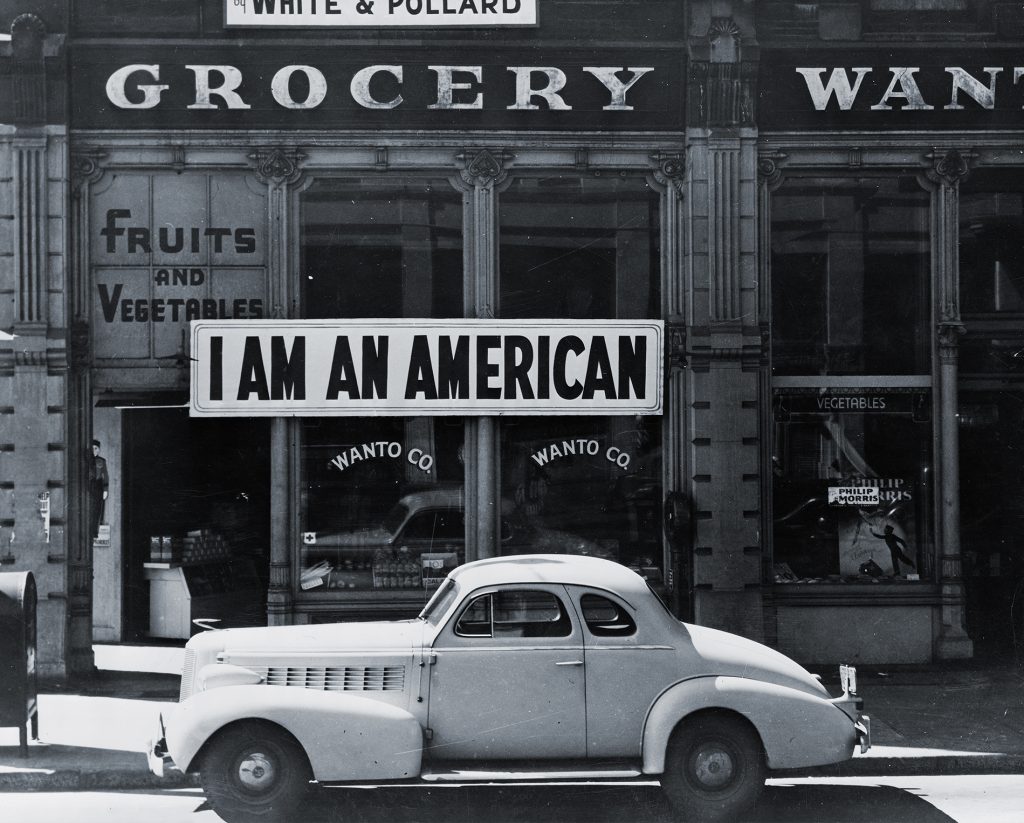Seven ‘Nisei’ soldiers of the 442nd posthumously receive commission

The Secretary of the Army is working to right an eight-decade wrong.
Last month, Dan Driscoll posthumously promoted seven second-generation Japanese American soldiers, known as Nisei, to the rank of second lieutenant.
The men, all former University of Hawaii Army Reserve Officer Training Corps (ROTC) cadets, were expelled under policies related to Executive Order 9066 and widespread anti-Japanese American discrimination in the wake of the Dec. 7, 1941 attack on Pearl Harbor.
The order, signed by President Franklin D. Roosevelt, authorized the mass removal from the West Coast of “all persons deemed a threat to national security.”
It set the stage for mass eviction, evacuation and incarceration of 120,000 first-generation Japanese immigrants, known as Issei, and Nisei, who were U.S. citizens by birthright. They were penned into camps across desolate regions in California, Arizona, Wyoming and Colorado, among other states.
To add to the degradation, in the wake of Pearl Harbor, Americans of Japanese descent were initially denied the opportunity to serve their country.
Japanese faces, American hearts
That all changed, almost two years to the day of Roosevelt’s executive order, with the formation of the 442nd Regimental Combat Team — a unit that to this day remains the most decorated Army combat unit — made up almost entirely of soldiers of Japanese descent, including Medal of Honor recipient and eventual Hawaii state Senator Daniel Inouye.
Despite the betrayal of their own country, nearly 33,000 Japanese Americans elected to serve in the armed forces. Of those, 11,000 were Hawaiian Nisei.
The seven cadets posthumously promoted last month — Grover Nagaji, Howard Urabe, Robert Murata, Jenhatsu Chinen, Daniel Betsui, Hiroichi Tomita and Akio Nishikawa — were part of those 11,000 Hawaiian Nisei to join the 442nd Regimental Combat Team.
Denied the opportunity to commission, the former cadets all enlisted in the 100th Infantry Battalion. All seven were killed in action in Europe in 1944.
“These seven sons of Hawaii were just barely out of their teens in our UH ROTC program when their commitment to serve their country loyally as United States Army officers was questioned by that country solely because of their race,” U.S. Representative Ed Case said in a statement.
“The awarding of these gold bars three generations later means far more than final and just achievement of the rank of Second Lieutenant. It stands as still another in a long line of testaments to the commitment of Japanese Americans willing to fight and die to preserve and protect the values of democracy and freedom for a country that had not returned their loyalty.”

Military Times reached out to the Army to discuss the commissioning but did not receive a response as of press time.
The promotions, meanwhile, follow a June 2024 request from the Hawaii congressional delegation urging then-Secretary of Defense Lloyd Austin and Secretary of the Army Christine Wormuth to review the military records of the seven cadets and consider their eligibility for posthumous officer commissions, according to the release.
The men were posthumously awarded bachelor’s degrees by the University of Hawaii in 2012, but the push for them to receive commissions has been a long-standing effort by the UH Army ROTC, staff, students and alumni of the university.
“Today, we finally recognize them as the officers they were meant to be,” U.S. Rep. Jill Tokuda said in a joint release. “This is about acknowledging the history of our Nisei veterans and honoring their sacrifice the way it should have been honored 80 years ago. I’m grateful to the University of Hawaii ROTC program, the Army, and the many who supported this long-overdue recognition.”





